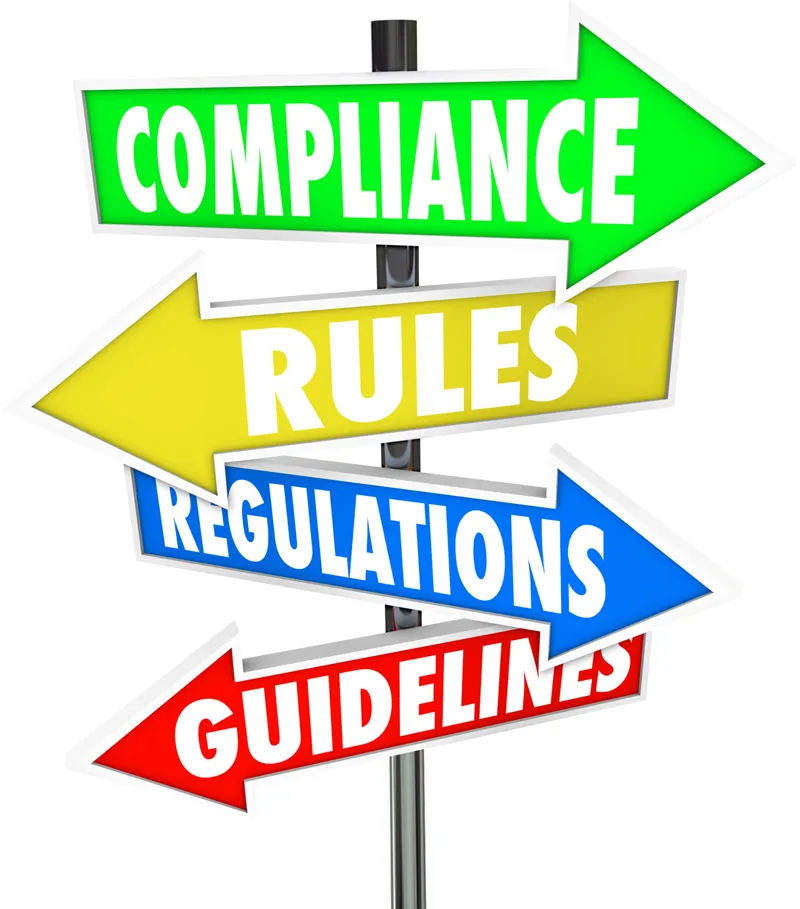
An Overview of FDA Regulated Products
From Drugs and Cosmetics to Food and Tobacco
Eunjoo Pacifici, Susan Bain, Eunjoo Pacifici, Susan Bain
- 280 pagine
- English
- ePUB (disponibile sull'app)
- Disponibile su iOS e Android
An Overview of FDA Regulated Products
From Drugs and Cosmetics to Food and Tobacco
Eunjoo Pacifici, Susan Bain, Eunjoo Pacifici, Susan Bain
Informazioni sul libro
Today's challenge, especially for many newcomers to the regulated industry, is not necessarily to gather regulatory information, but to know how to interpret and apply it. The ability to discern what is important from what is not, and to interpret regulatory documents correctly, provides a valuable competitive advantage to any newcomer or established professional in this field. An Overview of FDA Regulated Products: From Drugs and Medical Devices to Food and Tobacco provides a valuable summary of the key information to unveil the meaning of critical, and often complex, regulatory concepts. Concise and easy to read with practical explanations, key points, summaries and case studies, this book highlights the regulatory processes involved in bringing an FDA regulated product from research and development to approval and market. Although the primary focus will be on the US system, this book also features global perspectives where appropriate. A valuable resource for students, professors and professionals, An Overview of FDA Regulated Products illustrates the most important elements and concepts so that the reader can focus on the critical issues and make the necessary connections to be successful.
- Provides an overview of key regulatory requirements using a practical approach that features detailed discussions of hypothetical and real-world case studies in order to highlight the concepts and applications of regulations
- Covers all FDA regulated products, including drugs, biologics, medical devices, cosmetics, foods, dietary supplements, cosmetics, veterinary products, tobacco and more in one single reference
- Illustrates complex topics in a clear, succinct and engaging manner by breaking down technical terms and offering straightforward and easy to understand explanations
Domande frequenti
Informazioni
Introduction to FDA-regulated products
Abstract
Keywords
- • identify the market size represented by the products regulated by the United States Food and Drug Administration (US FDA),
- • describe different categories of regulated products,
- • recognize and compare how different products within a product category are regulated differently,
- • identify therapeutic claims and which products can make them,
- • describe the history of the modern regulatory system, and
- • identify the key concepts that underlie the current regulatory framework.

1.1. What is a Regulated Product?
1.2. How are Different Products Regulated?
| 21CFR Parts | Content |
|---|---|
| 1–99 | General |
| 100s | Food for human consumption |
| 200s | Drugs: General |
| 300s | Drugs for human use |
| 400s | Reserved |
| 500s | Animal drugs and feeds |
| 600s | Biologics |
| 700s | Cosmetics |
| 800s | Medical... |